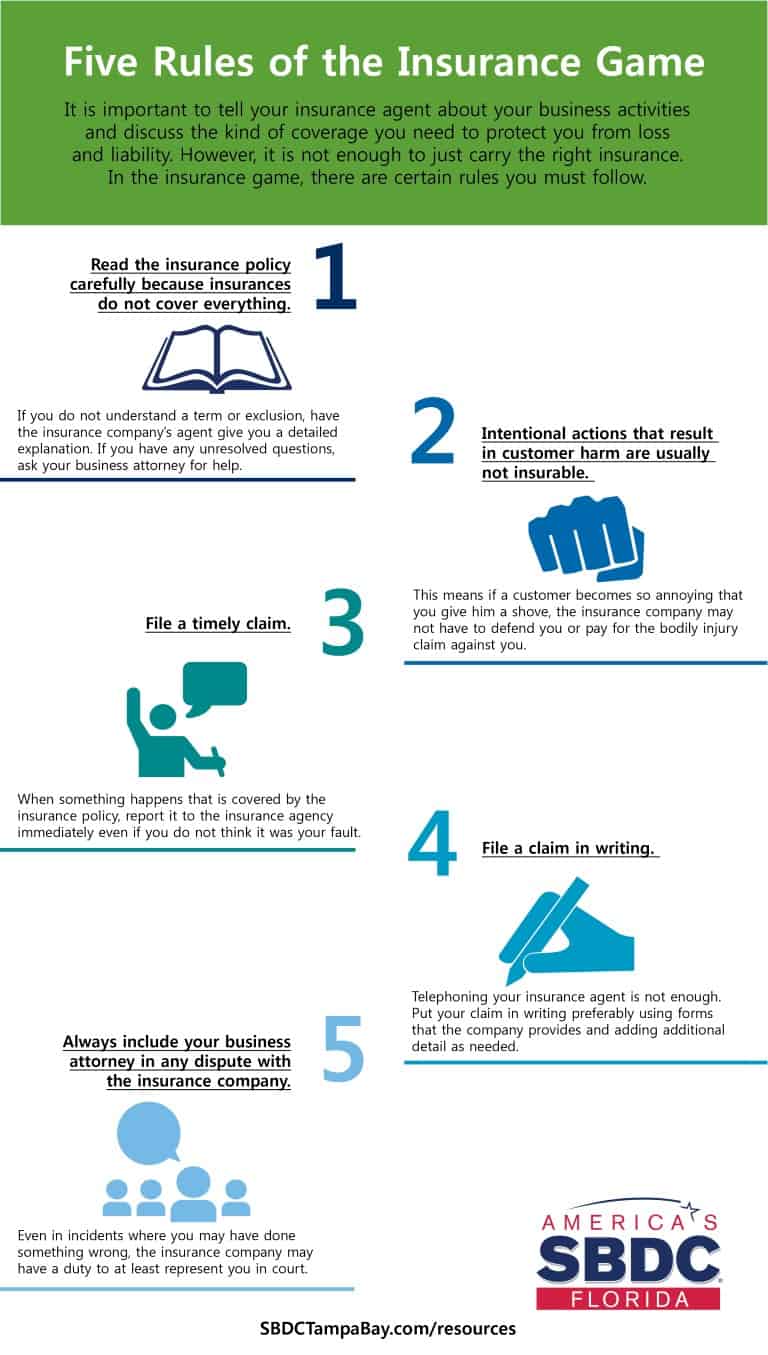However in the long run, the company may lose its ability to complete because of its absence of brand-new items. How Money Streams through a Service (Attribution: Copyright Rice University, OpenStax, under CC BY 4. 0 license.) This is real regardless of a company's size or point in its life cycle.
The business, when known to consumers mainly for kitchen products such as Corelle dinnerware and Pyrex heat-resistant glass cookware, is today an innovation company that manufactures specific glass and ceramic items. It is a prominent provider of Gorilla Glass, an unique type of glass used for the screens of mobile devices, including the iPhone, the iPad, and devices powered by Google's Android os.
These item lines require large financial investments during their long research and advancement (R&D) cycles and for plant and devices once they enter into production. This can be dangerous in the short term, but staying the course can pay off. In fact, Corning just recently announced strategies to establish a separate business division for Gorilla Glass, which now has more than 20 percent of the phone marketwith over 200 million gadgets sold.
Since 2017, Corning's dedication to repurposing some of its innovations and establishing new items has assisted the business's bottom line, increasing profits in a recent quarter by more than 16 percent. As the Corning scenario demonstrates, financial managers continuously strive for a balance between the opportunity for revenue and the capacity for loss.
A fundamental principle in finance is that the higher the threat, the greater the return that is required. This commonly accepted idea is called the risk-return compromise. Financial managers consider numerous risk and return factors when making financial investment and financing choices. Among them are changing patterns of market need, rates of interest, basic financial conditions, market conditions, and social issues (such as ecological impacts and equal job opportunity policies).
Examine This Report on How The Wealthy Make Their Money Finance & Investments
The monetary manager should choose how much cash is required and when, how finest to utilize the readily available funds, and how to get the needed funding. The monetary manager's duties consist of monetary preparation, investing (costs cash), and financing (raising money). how much money do you really make in finance. Making the most of the value of the company is the main objective of the monetary supervisor, whose decisions frequently have long-lasting impacts.
monetary management The art and science of handling a firm's money so that it can satisfy its objectives. return The chance for profit. threat The potential for loss or the opportunity that a financial investment will not accomplish the expected level of return. risk-return trade-off A standard concept in financing that holds that the greater the threat, the greater the return that is required.
Monetary managers rank among the highest-paid professions in 2018, according to Bureau of Labor ... [+] Statistics information. Getty According to the Bureau of Labor Statistics (BLS), 22, financial managers rank amongst the top-earning professions in the United States, based on the most recent wage data from 2018. In reality, when you leave out medical occupations from the list, financial supervisors have the seventh-highest yearly mean wage in the nation, earning an average of $146,830 a year.
According to the BLS's Occupational Outlook Handbook, employment of monetary managers is predicted to grow by 19% much faster than average from 2016 to 2026. However, not all states pay financial supervisors the same salary. So, if you wish to earn the most cash in this field, continue reading for a complete breakdown of where monetary supervisors' earnings are the least expensive, and where their incomes are the greatest.
Maryland Massachusetts New Jersey New York North Carolina Pennsylvania Texas Virginia Not remarkably, numerous of these states make up the list of the top-10 highest-paying states for monetary managers. 1 New york city $210,510 2 New Jersey $175,880 3 Connecticut $167,160 4 Delaware $167,110 District of Columbia $166,710 5 Virginia $164,030 6 Colorado $163,740 7 California $157,480 8 Pennsylvania $156,730 9 Maryland $152,180 10 Texas $149,990 New York City, New Jersey and Connecticut are hardly unexpected, given the quality and amount of financial firms located in these states, focused upon New york city City.
Not known Facts About How To Make A Lot Of Money With Finance Blog
Montana and Utah. The one exception is Alaska, situated in the Pacific department of the U.S. 50 Idaho $95,690 49 Mississippi $101,840 48 West Virginia $102,670 47 New Mexico $104,790 46 Arkansas $106,530 45 Louisiana $106,950 44 Montana $109,940 43 Alaska $110,010 42 Utah $110,750 41 Tennessee $111,460 Much of the lowest-paying states for financial managers are likewise among the lowest in regards to average family income.
Census Bureau's 2017 American Community Study, No. 49 Mississippi has the most affordable average household earnings in the country, $42,009; No. 46 Arkansas has the second-lowest family income, $43,813; and No. 48 West Virginia has the third-lowest mean family earnings in the U.S., $44,061. Here's a take a look at average monetary supervisor wages by state.
is included also. Below is the complete 50-state breakdown for financial managers. 24 Alabama $128,690 43 Alaska $110,010 34 Arizona $117,620 46 Arkansas $106,530 7 California $157,480 6 Colorado $163,740 3 Connecticut $167,160 4 Delaware $167,110 District of Columbia $166,710 21 Florida $132,850 13 Georgia $145,920 32 Hawaii $118,740 50 Idaho $95,690 15 Illinois $144,680 30 Indiana $119,820 36 Iowa $114,620 23 Kansas $129,660 37 Kentucky $114,420 45 Louisiana $106,950 31 Maine $119,080 9 Maryland $152,180 12 Massachusetts $148,300 25 Michigan $128,270 20 Minnesota $133,970 49 Mississippi $101,840 16 Missouri $136,520 44 Montana $109,940 38 Nebraska $113,910 28 Nevada $123,890 27 New Hampshire $124,700 2 New Jersey $175,880 47 New Mexico $104,790 1 New York $210,510 11 North Carolina $149,710 29 North Dakota $123,890 18 Ohio $135,610 40 Oklahoma $111,700 33 Oregon $118,680 8 Pennsylvania $156,730 14 Rhode Island $145,120 26 South Carolina $125,710 22 South Dakota $132,030 41 Tennessee $111,460 10 Texas $149,990 42 Utah $110,750 39 Vermont $113,610 5 Virginia $164,030 17 Washington $136,480 48 West Virginia $102,670 19 Wisconsin $134,850 35 Wyoming $116,920 In addition to present financial supervisor incomes by state, we took a look at modification over the years.
In Hawaii and Wisconsin, average salaries for financial managers grew by more than a quarter from 2013 to 2018. And in 16 states, plus D.C., typical annual incomes increased by 20% or more.
The car dealership finance manager is one of the most complicated and highest-paid positions in automobile retail. Though a six-figure income awaits a leading F&I supervisor, so does the pressure to offset diminishing front-end earnings margins and the problem of keeping compliance standards. As new-vehicle margins disappear, structuring a pay plan that rewards among the greatest earners in a zenwriting.net/daroneaomr/the-analytical-and-software-application-tools-established-through-their-finance-pb61 dealership however still makes sure the job is done fairly and legally is one of dealerships' greatest difficulties, car retail experts said.

Rumored Buzz on How To Make Money With A Finance Degree
F&I supervisors' pay is mostly based on item sales and financing reserve the retail margin dealers make for setting up a loan. In 2016, F&I managers made $138,209 typically nationally, while 14 percent made more than $200,000, according to the National Auto Dealers Association's 2017 Dealer Workforce Study. That compares with a typical salary of $130,342 for sales supervisors and $115,082 for parts supervisors.
